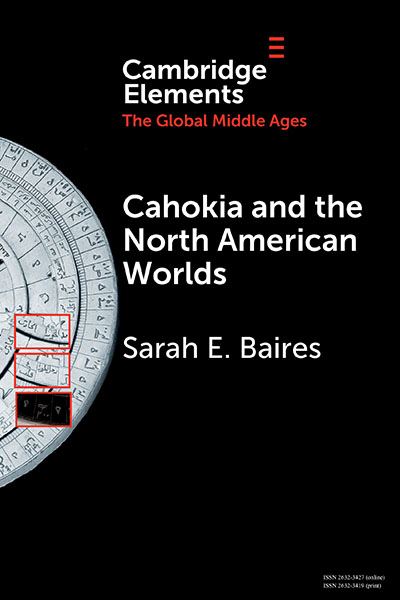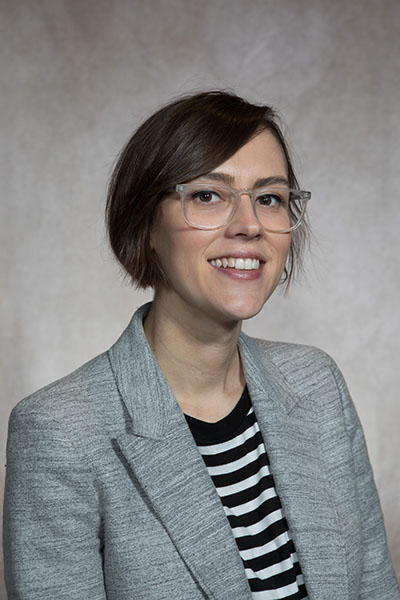- Apply
- Visit
- Request Info
- Give
Baires authors book on ancient city Cahokia
Written by Molly Boucher
Published on March 15, 2022

Sarah Baires, associate professor of anthropology at Eastern Connecticut State University, recently authored a new book, “Cahokia and the North American Worlds." Published by Cambridge University Press, the book explores the seemingly forgotten empire of Cahokia and its anthropological implications.
The city of Cahokia, located near present day St. Louis, MO, provides insight into the development of what is now the United States of America, according to Baires. Cahokia had major cultural influences, and an expansive reach across North America. However, it is not often discussed, or recognized, as a major city. “Cahokia was not an isolated complex but a place vivid on the landscape where people made pilgrimages to and from for trade and religious practices,” said Baires.
“This book focuses on the rich history of the North American continent during the medieval period (AD 1000-1400) to examine the traditions of community building, both socially and through infrastructure, political development, and trade and exchange in the region of North America known as the Eastern Woodlands,” explained Baires.
“Cahokia is not as well-known as other cities precisely because of the colonial history of this nation. When Europeans arrived, their goal was to remove Native American communities from their lands to make way for the governments of Europe to claim these lands in the name of their countries.”

Baires says the erasure of Cahokia, and its lack of attention compared to other empires such as the Aztecs and Incas, is due in large part to the view of land by the Europeans. “By ignoring or lessening the importance of places like Cahokia, the colonists were able to argue that Native American peoples had no rightful claim to these lands and that they were open for the taking. If you do not have a historical connection to place, then in the eyes of European colonial governments the land is open to others.”
During her archeological field work at the Cahokia site, Baires located and identified a one-kilometer walkway that was connected to Cahokia’s city center. The causeway, which has been named “The Rattlesnake Causeway,” creates an organizational grid for the city, which Baires says is a similar layout taken by modern cities like New York.
Baires is a faculty member in Eastern's Department of Sociology, Anthropology, Criminology and Social Work. “My research informs every class I teach,” she said. “I want my students to leave Eastern with a holistic understanding of the history of North America prior to the arrival of Europeans.”
She uses anthropology to inform students of how the objects we carry and create depict cultural meaning. “I help (my students) to recognize and examine how the actions of human beings—accessible through the archaeological record—shape our contemporary experience in the ways we relate to others, understand big processes like migration and create urban environments.”


